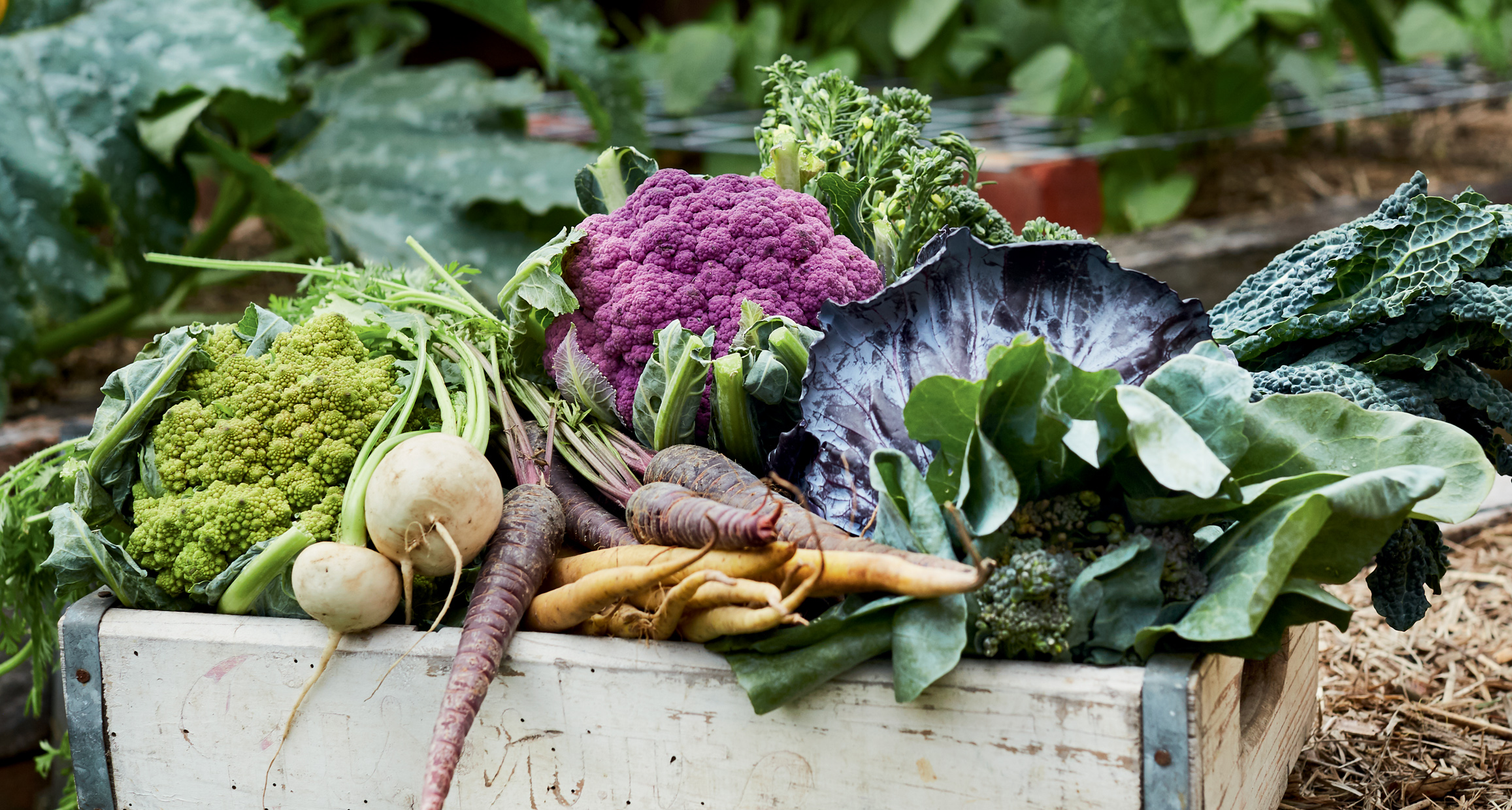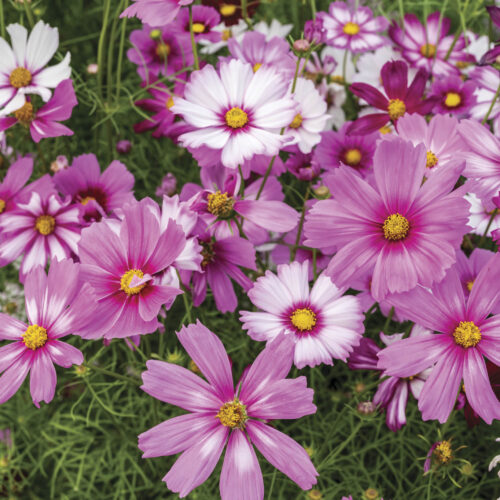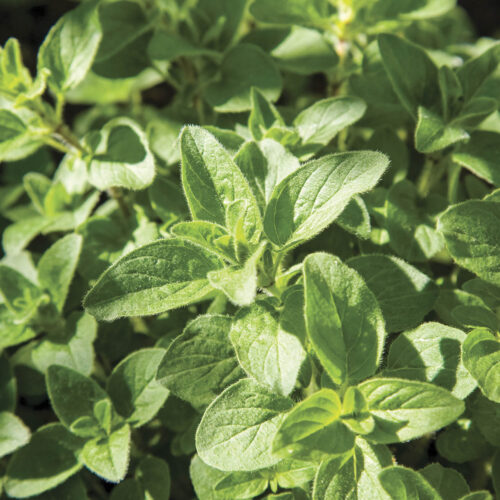Cabbage white butterfly
2024-09-23T10:00:27+10:00
Denis Crawford looks at the scourge of brassica plants – cabbage white butterfly – and has some tips for dealing with them.
Cabbage white butterfly (Pieris rapae) is an introduced pest that has become one of the most common butterflies in urban areas in many parts of Australia. Cabbage white butterfly larvae are destructive pests of brassica vegetables, including broccoli, cabbage, cauliflower, kale and kohlrabi, as well as ornamentals, such as stock and nasturtium. Larvae chew irregular holes in the outer leaves or heads of brassica vegetables, and foul plants with their dark green droppings.
Small yellow eggs are laid by the butterflies, which develop into larvae (caterpillars) that grow to about 30mm long and are velvety green with faint-yellow stripes along each side. Because of their colour and velvety surface, they are well camouflaged and often hard to find.
You may first notice them via leaf damage and their tell-tale droppings. If you do get an infestation, you can simply pick them off and squash them, or throw them out on the lawn for chooks or birds to eat. Another trick to keep numbers down, is to regularly knock the eggs off the leaves by running your fingers over them (they won’t hatch off the leaves).
Netting
The best way to avoid an infestation is to prevent female butterflies laying their eggs on plants. The most effective method is to cover your brassica plants with a meshed fabric or netting, such as Vege Net, with an aperture of less than 5mm. If possible, put a frame under the net so it is not touching plants, otherwise the female butterflies may try laying their eggs through the net. These nets do cut out some sun, but the plants still do well. Carefully check your plants for eggs and caterpillars before deploying the nets.
A healthy garden
A healthy, thriving garden will attract the many beneficial insects that attack the cabbage white butterfly larvae, such as introduced and native parasitic wasps, assassin bugs, damsel bugs, ladybirds and lacewings. The more of these predators you have, the less work for you!
For more practical solutions to keep pests and diseases under control head here.
The full version of this article was first published in OG 127.






